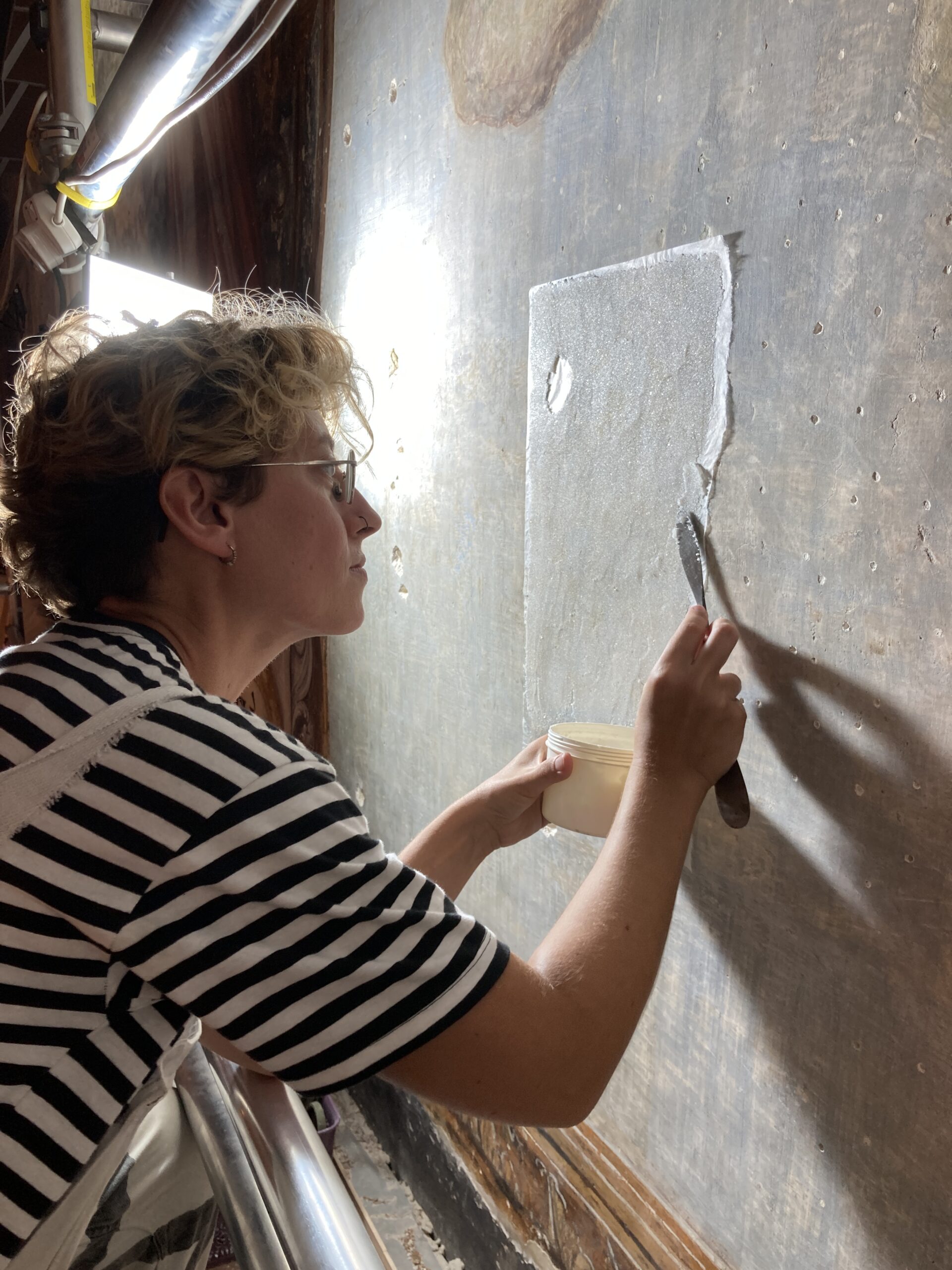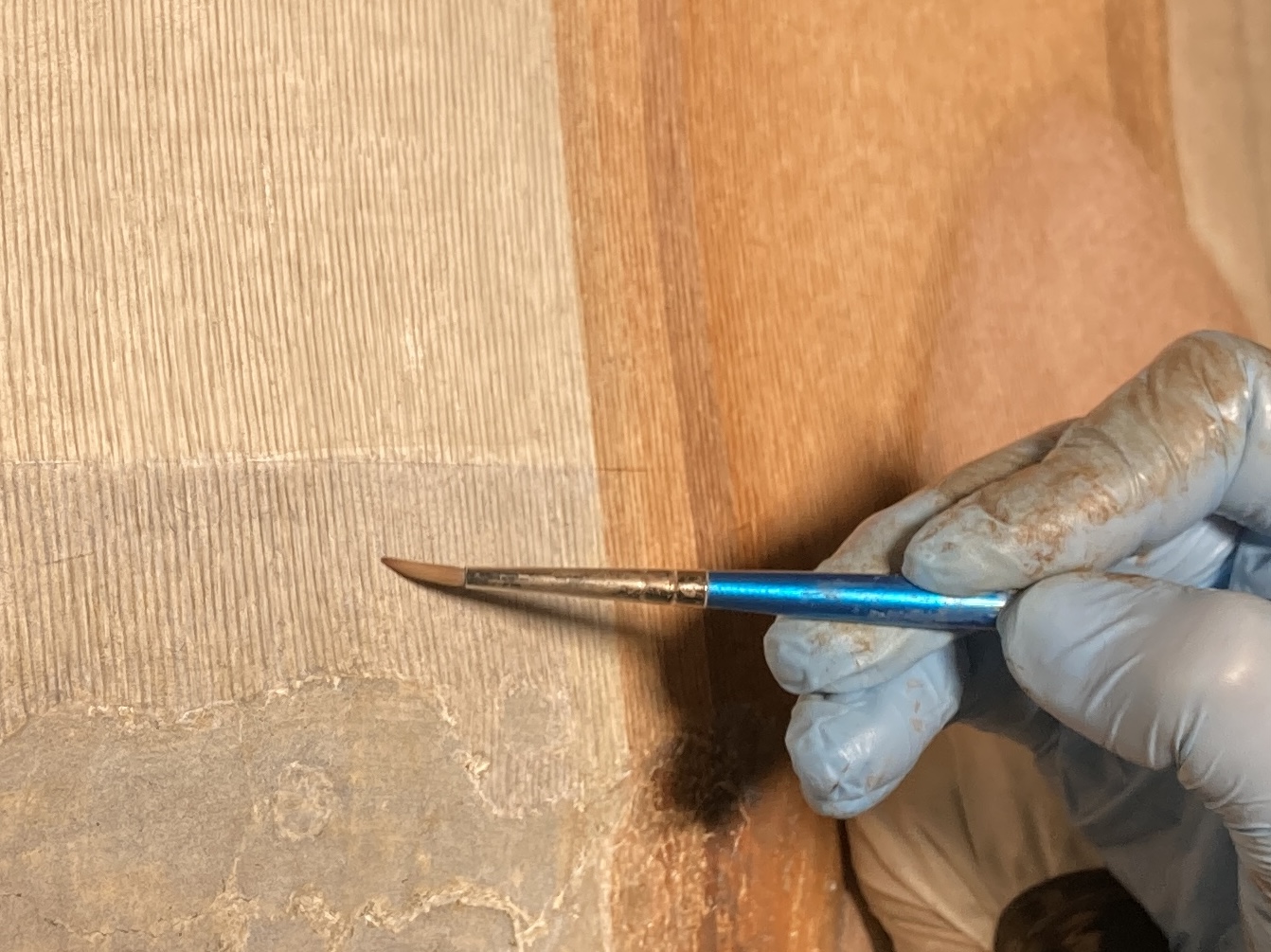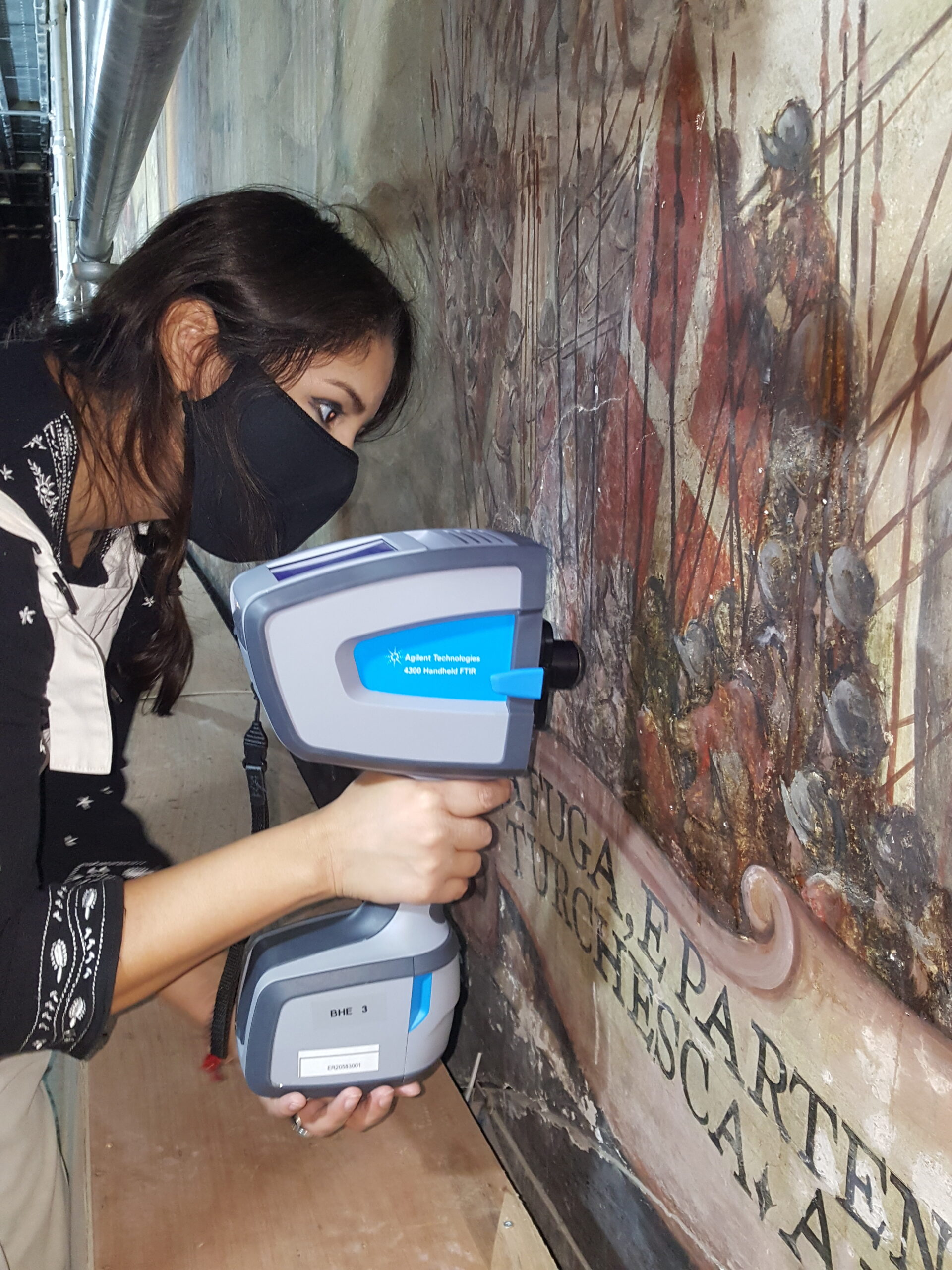Memories of the bloody Siege of Malta were still fresh when Jean de la Cassière became Grandmaster in 1572. Only seven years had passed since he had served as a commander under then Grandmaster Jean Parisot de Valette, and it was his ardent wish to capture the fury of those four months, when Malta was pounded by the Turkish armada.
The Ottoman fleet comprised 193 vessels – one of the largest ever assembled – which were repelled by the Knights based at Fort St Angelo, Fort St Michael and Fort St Elmo.
Grand Master de la Cassière knew that it would take a master hand to capture all that had happened in those bitter weeks and he settled on Matteo Perez d’Aleccio.
Perez d’Aleccio, who was only 30 when he came to Malta in 1577 and documented the Siege events in 12 episodes, which he interspersed with allegorical figures, capturing the Siege through monumental, detailed wall paintings in the Grand Council Chamber of the Grand Master’s Palace in Valletta. His work is considered to be the most historically accurate visual document of the event, drawing as it did on eyewitness accounts and written narratives – details that Grand Master Jean de Cassière would have seen first-hand.
Between 2001 and 2005, the Dresden University of Fine Arts conserved two-thirds of the paintings to address deterioration caused by water infiltration, building use and past restorations.
Conservation of the final third of the cycle did not begin until 2018, this time under the care of the the Department of Conservation and Built Heritage of the University of Malta, in partnership with Heritage Malta, and under the auspices of the Office of the President of Malta. The project was led by Professor JoAnn Cassar, Heads of the Department of Conservation and Built Heritage, and the Department’s conservators and academic staff, including Jennifer Porter, Chiara Pasian and Roberta de Angelis.
“It is important to note that the conservation of the wall paintings developed hand-in-hand with the Department’s Master’s programme in the Conservation of Decorative Architectural Surfaces. In this programme, students are trained, under close supervision, on all areas relating to the documentation, analysis, development of treatments, and hands-on work on real decorated surfaces which form part of our heritage, in this case the iconic wall paintings in the Throne Room of the Palace of the President,” Prof. Cassar said.


Before work on the paintings could start, the team conducted extensive research, documenting all that had happened to the paintings since Perez d’Aleccio had finished the work. They put together a dossier of everything from previous restorations to existing documentation, while also taking into account damage suffered during World War II.
The valuable information embedded in the paintings was also given importance: there were numerous details captured by Perez d’Aleccio that gave tremendous insight into this important military campaign.
The project has been running in the frame of the major conservation works being carried out at the Palace, led by Heritage Malta, the national agency for museums, conservation practice and cultural heritage. Throughout the conservation of the D’Aleccio paintings, Heritage Malta curators advised on various important historic details, as well as the context of the paintings from a historical point of view.
Prof. Cassar also explained that the Departments’ analytical equipment was fundamental for the study of the original materials of the paintings and the causes of their deterioration, as well as for determining conservation approaches.
“We use the equipment to understand the composition of materials, how they behave over time, and what sensitivities they may have to conservation treatments. We use a combination of instruments such as photography, microscopes, and infrared and X-ray spectrometers for this work. Many of the instruments are portable and can be used on site, but in some cases we have to remove samples from the paintings to be able to study the materials in the lab.
“Before the equipment was purchased, we either had to work with limited information or we would send samples abroad for analysis. Having direct access to analytical instrumentation has therefore greatly improved the quality and efficiency of our work.”
The team was made up of about 15 people, composed of academic staff from the Department of Conservation and Built Heritage, who are also professional wall painting conservators; students and post-graduates from the MSc program; Research Support Officers; and interns from recognised post-graduate conservation training courses. All of the team worked together to carry out the documentation and diagnosis of the paintings; and to develop, test and implement the conservation treatments.
“A team of this size was necessary due to the vast size of the murals: we were studying and treating approximately 80 m2 of painted surface. All aspects of the work (study of original material and painting deterioration, and conservation treatments) were fully documented using photography, digital mapping, and written reports,” Ms Porter explained.
All this work would not – of course – be possible without funds: the project was estimated to cost €300,000 in all.
RIDT was brought in to help and managed to secure €75,000 from the Gasan Foundation in 2019. This helped to launch the project, which was then granted a further €75,000 from the Planning Authority’s Development Fund and €10,000 from the Melita Foundation. In 2023, the Planning Authority donated a further €70,000, with its Executive Chair Oliver Magro saying that the restoration would ensure that “this national treasure will be enjoyed by future generations”.

